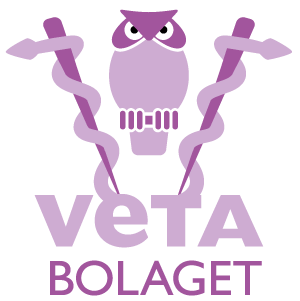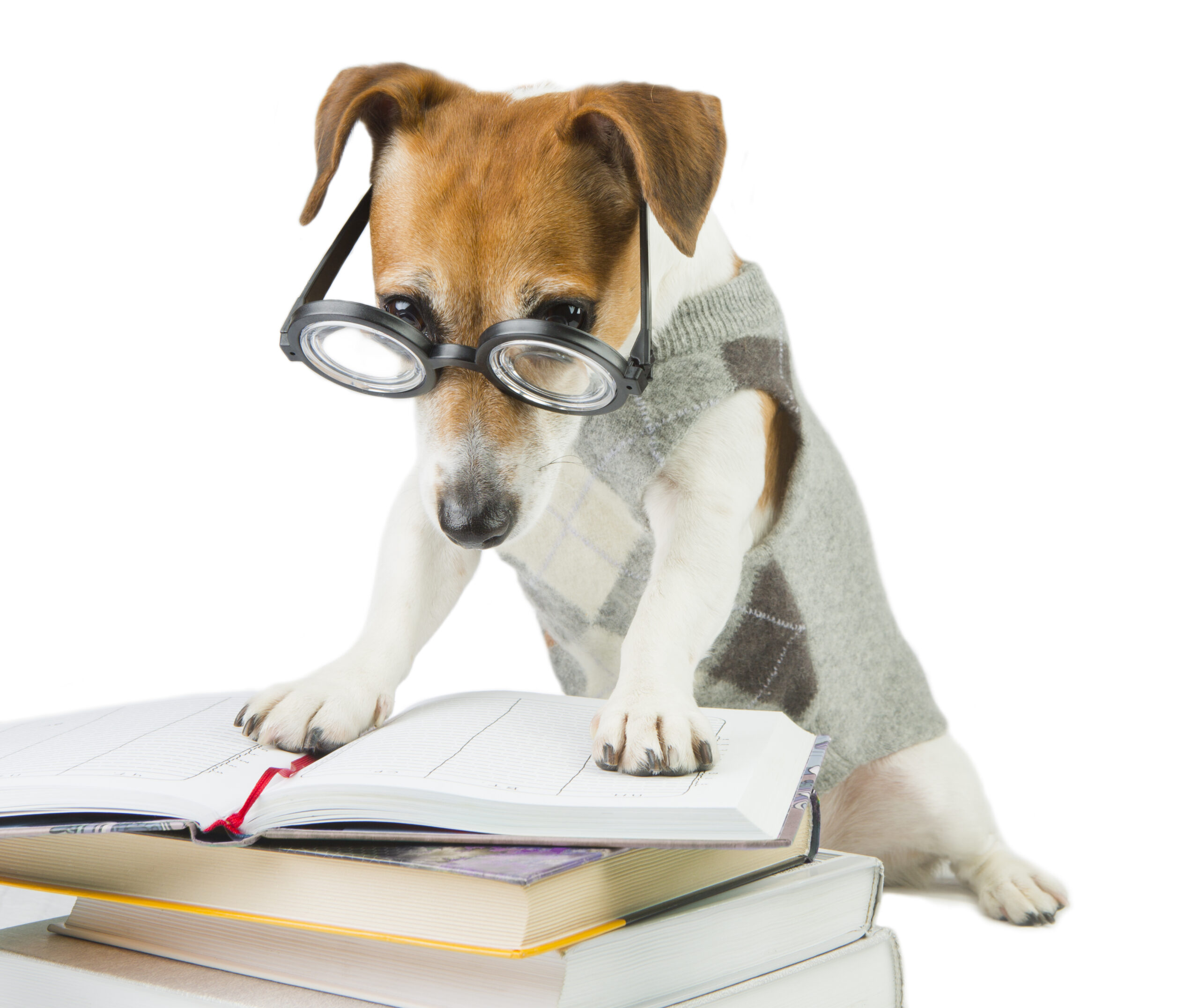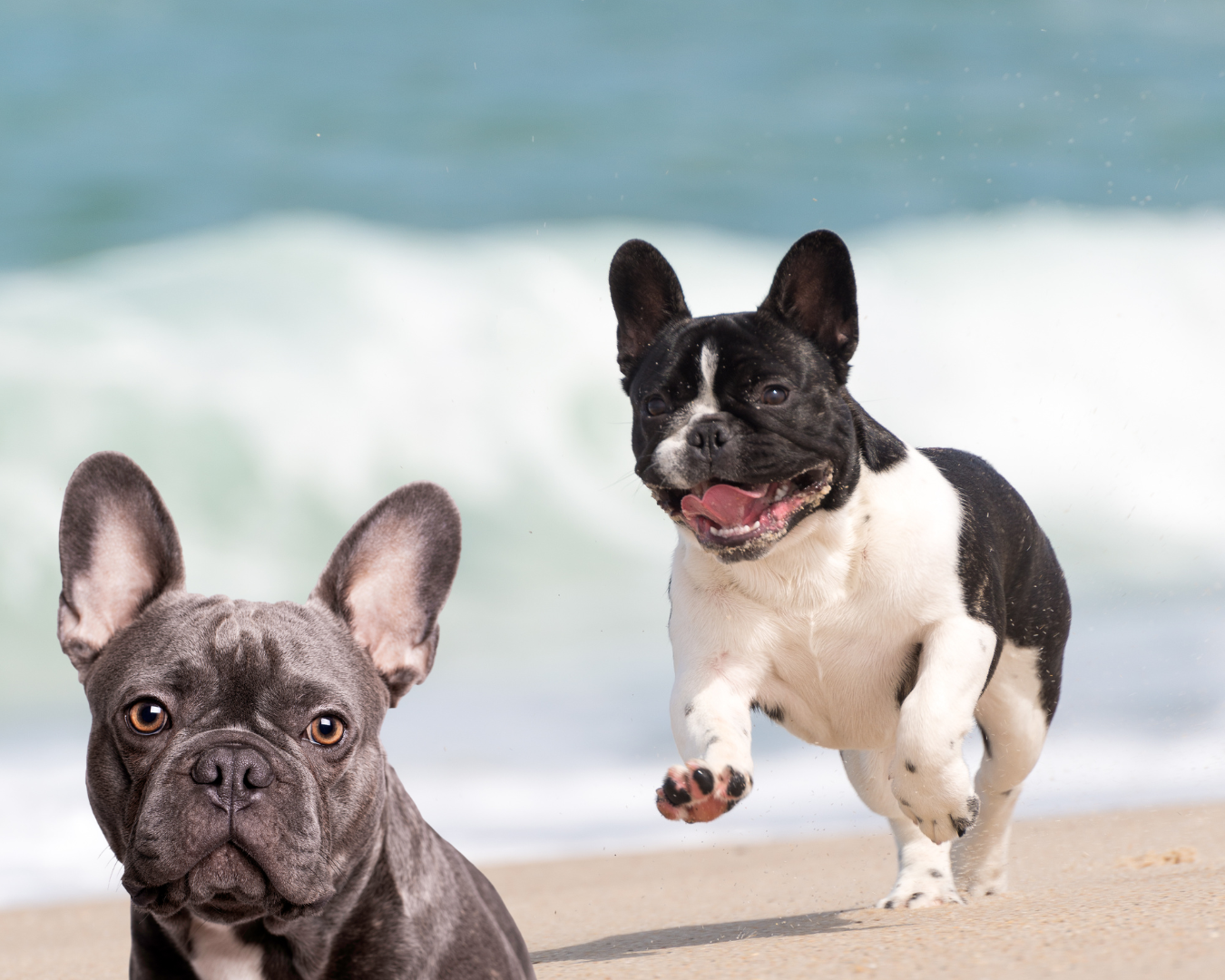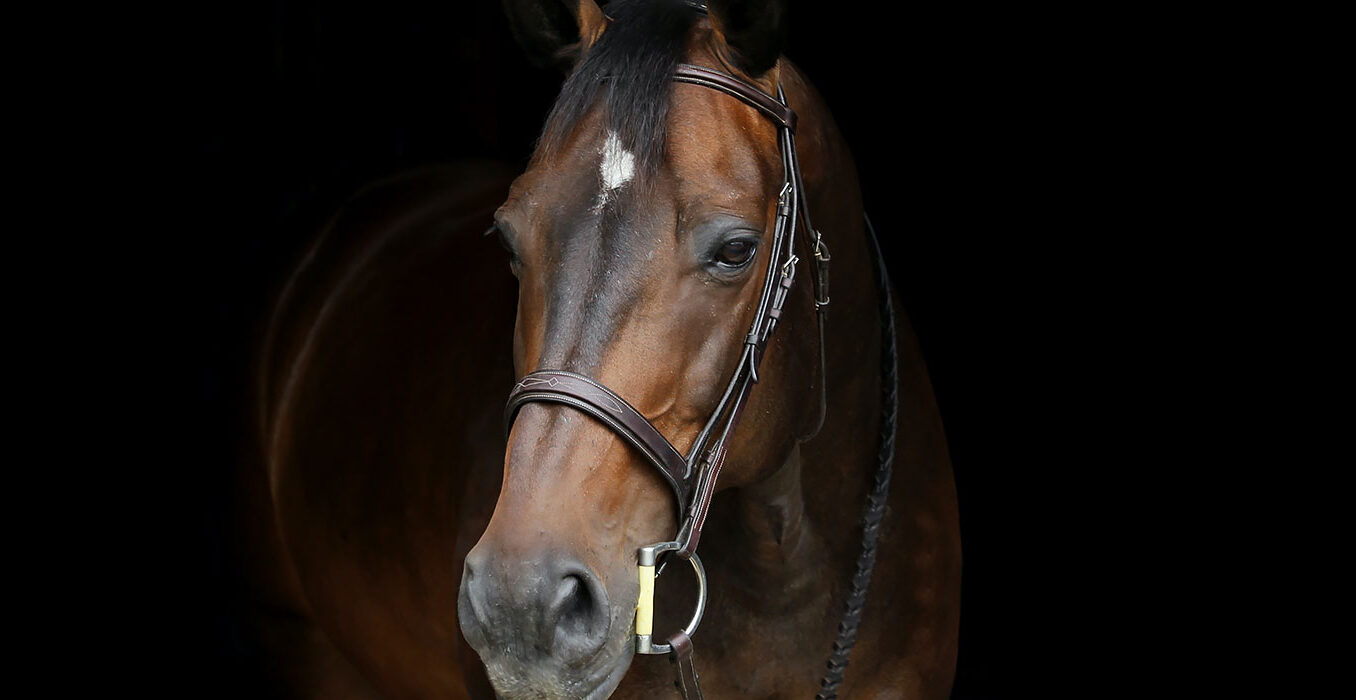The responsibility we as vets carry is larger than that of the average profession. In the days of social media and ever-growing client expectations, it can be easy to lose sight of our goals; the ones we had in mind when we set out on our journey as students. What this means to say is that we can be all too quick to chase after success in the form of only a happy client, rather than also a happy animal.
Often the two go hand-in-hand, and that can safely be our assumption in most consultations we enter. If we help an owner’s pet, it is likely to feel better, which will make the owner happy. Disputes about costs, evidence-based vs alternative treatments and even personality can add complexity and diversity to this assumption in a quite obvious way.
But what about those situations where making the pet happy is only achievable at considerable effort or even an entire change in lifestyle of the owner? When our advice on welfare includes recommendations that put the owner in a spot where they would have to significantly inconvenience themselves? When we as veterinarians feel like we are intruding, or might make the client feel uncomfortable?
I find – and perhaps my exotic vet colleagues will agree with me on this – that these situations are much more common when seeing a pet that is not a dog or a cat. It is in the nature of owning an exotic pet that they have specific, unusual welfare needs that their owners need to meet in order to ensure not only good physical, but also mental health. Dogs and cats, who are probably the only two species who live with humans out of free will (or perhaps because we have the treats), are much easier to keep content and healthy than say an eclectus parrot or even a rabbit. Of course, we all have seen suboptimal conditions for dogs and cats too. While working in England, I witnessed sledge dogs kept in tiny apartments and German Shepherd puppies bought as “a sibling for the baby” ending up with significant behaviour issues. But arguably, humans can give dogs and cats an active and adequate social life without much effort or special knowledge.
In my years as a veterinarian, I have been lucky to be able to do a fair share of travelling, specifically to see wildlife around the world. While I always enjoyed seeing wild animals from a very young age, my perception and attention to detail certainly still grows just as my experience does. I see animals, and in particular birds, with the eyes of a veterinarian now, robbed of innocence for better or worse.
When I was hiking in Tasmania, one day a small flock of yellow-tailed black cockatoos followed our small group for a couple of miles. These beautiful, large psittacines spent their morning observing us strange humans following the National Park trail, and they were curiously screeching and stretching their necks from a safe distance to get a good look at us. Needless to say, they could have sailed the distance we hiked in four hours in probably about ten minutes. They flew around, cleaned each other, hung upside-down and, once bored of us (or maybe it was time for a snack?) gracefully disappeared across the gum trees of the temperate rain forest.
It wasn’t much later that I met a closely related specimen, a female red-tailed, in a pet shop near Sydney. She was in a small cage but was allowed out on our request. She sat on my shoulder and immediately started to try and preen my hair, standing up the feathers on her head and neck, and beckoning for me to scratch there.
What might appear endearing or cute behaviour to the innocent onlooker was actually the very sad result of what hand-rearing does to avian companion animals. This female cockatoo thought I was a potential mate, revealing not only her lack of awareness of her own species but also how much she was craving interaction. If confronted with her own species, it is quite possible that she might not
have known how to act. She was set up for a life of abnormal behaviour, brought up to convenience humans but exposing her to a lifetime of mental turmoil. And psittacines do grow old.
The example of the pet shop cockatoo who would never experience the wild beauty and freedom of her homelands, the intricate social interactions of her own species or simply the joy of foraging for food is only one of many I have encountered over the years, and by far not the most difficult. There have been situations where I was confronted with exotic pets who had been neglected and quite literally imprisoned for several decades. The thought of intelligent, sentient species, some of which are millions of years old being treated with such ignorance by us humans that ongoing suffering is caused has brought me many sleepless nights. Unlike dogs, cats, and to some extent small mammals such as rabbits and guinea pigs, these animals are identical to their wild cousins as they have not been domesticated; so we have to assume that they have the exact same needs. So we veterinarians bear a large responsibility.
But what can we reasonably expect to do about the difficulty of keeping an exotic pet – as professionals that owners come to for help? For our individual patients, we have the responsibility to leave our comfort zone if necessary. It is not merely optional to advise our clients to the best of our knowledge, it is the essence of our profession. So every time we see a parrot with clipped wings, who lives without any company and never gets fresh air, we should have that conversation about building them an aviary and trying to introduce a mate. When a client tells us that their rabbit is happy on their own, we have to educate them about the difference same-species interaction makes. When they ask for the best way to keep a south European tortoise near the arctic circle, we should maybe ask them to consider a species who is not highly dependent on sunlight – like a leopard gecko for example, if they are set on a reptile.
Just because we think – or know – that an owner means well and loves the animal, it does not mean we should let it go. Most pet owners will be grateful to hear what we as professionals have to say, as they would be distraught at the thought of causing their beloved pet harm. But we have to forget the notion that every owner has the means to keep every pet – if welfare issues arise, it is our job to try and solve them. We have to, in general, be advocates for these animals, who are sadly still trafficked around the world, bred in questionable facilities and often kept in inappropriate ways.
And we have to stop feeling guilty for doing so.




